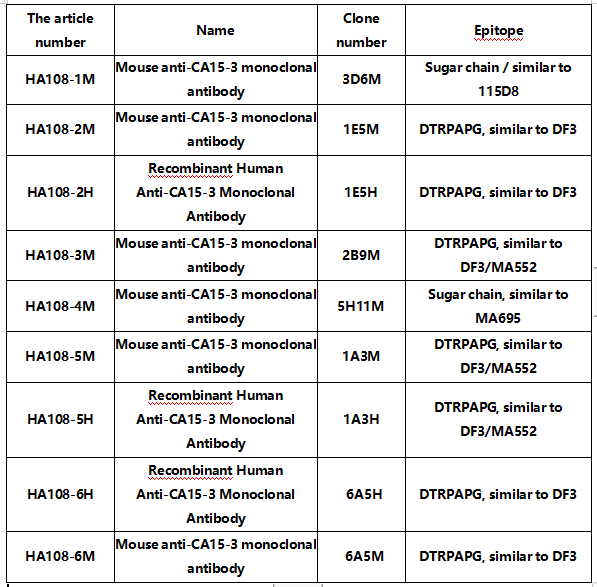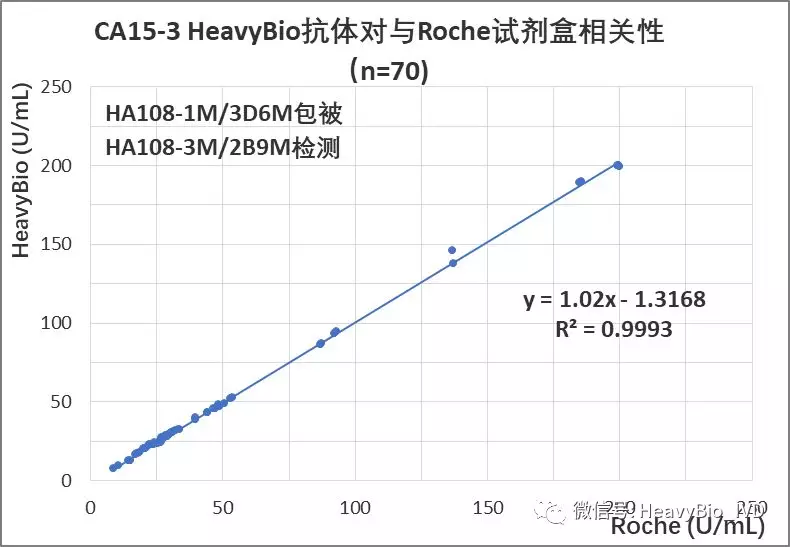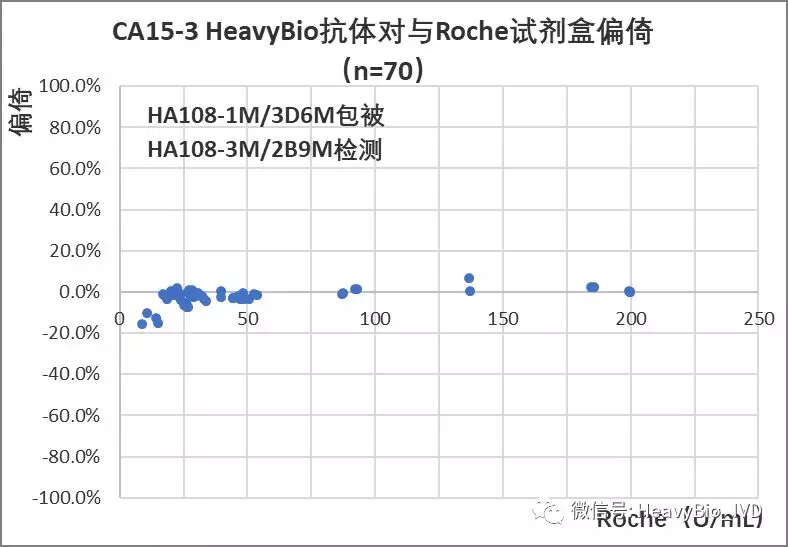Breast cancer is the most common malignant tumor in women and a systemic disease that can develop distant metastases at an early stage. Early detection and treatment of breast cancer can provide a chance of breast preservation and improve the survival rate of patients. The diagnosis of early breast cancer can be improved by detecting tumor markers.
CA15-3, a glycoprotein, is a tumor marker specific for breast cancer and is an important indicator for the detection of invasive or metastatic adenocarcinoma. CA15-3 is recognized by two antibodies, one is a monoclonal antibody made from mouse anti-human autologous liver metastasis breast cancer cell membrane (DF-3) and the other is a monoclonal antibody 115D8 made from mouse anti-human breast fat globule membrane on glycoprotein MAM-6, so it is named CA15-3.
Clinical significance.
CA15-3 is a breast cancer-associated antigen located on the tumor cell membrane. When cells become cancerous, the protease and salivary enzyme activities on the cell membrane increase and the cytoskeleton is disrupted, leading to apoptosis of cell surface antigens, resulting in increased serum CA15-3 levels. In breast cancer patients, CA15-3 is increased by 30% to 50%, and up to 80% in those with metastasis. When liver metastasis occurs in breast cancer, especially bone metastasis, CA15-3 level will be significantly increased, and the positive rate can reach 100 %.
Serum CA15-3 can also be elevated in patients with lung, gastrointestinal, endometrial, ovarian and cervical cancer, and mildly elevated in a few patients with benign breast disease and liver cirrhosis, so it should be differentiated, especially to exclude some pregnancy-induced elevated levels.
Heavy chain organisms CA15-3.

The results of the CA15-3 antibody pair from Heavy Chain Biologics were highly correlated with the results of an international benchmark reagent test, with an R2 of 0.9993 and a bias of 20% or less.


References
[1] Zhang JJ, Wang BZ, Wang J, Xu XJ, Pei J, Yan YW. A preliminary report on the value of dynamic monitoring of serum CEA and CA153 for early diagnosis of breast cancer recurrence and metastasis[J]. Chinese Journal of Cancer Control and Prevention,2009,16(7):547-549.
[2] Chen Shihua. Clinical value of combined testing of CA15-3, CA125 and CEA for breast cancer[J]. Laboratory Medicine,2013(3):235-237.






